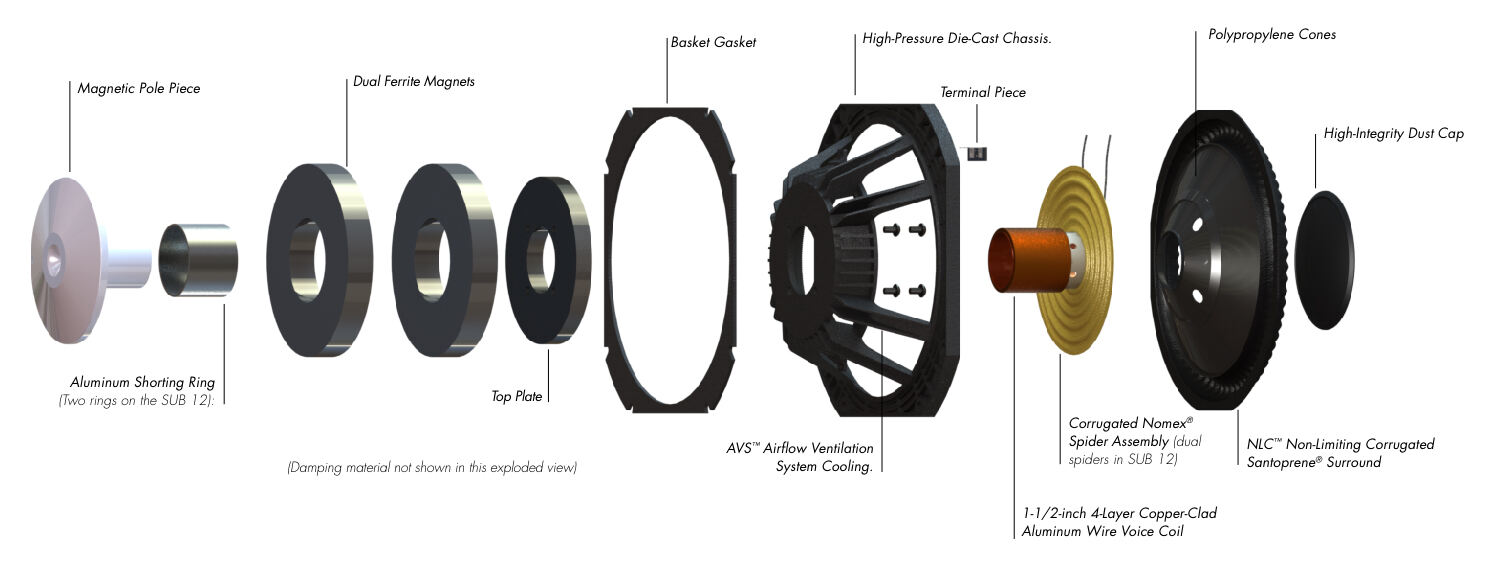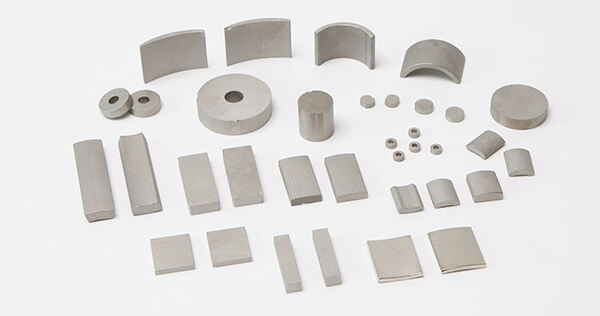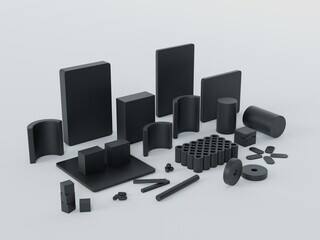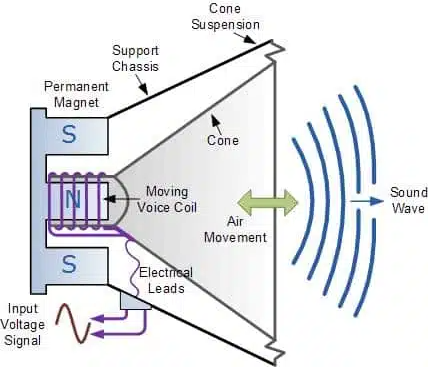Why Do Speakers Have Permanent Magnets?
Why Do Speakers Have Permanent Magnets?
You might already know that a magnet is widely used in our lives, but you are not sure what a magnet can do in the speaker! This blog will help you understand what the character is magnet do in the speaker!
What role do magnets play in speakers?
Magnets are employed in speakers to transform electrical current into mechanical waves, producing sound through the generation of mechanical vibrations. Explore further to learn about the types of magnets used in speakers and their role in sound production.

What type of magnets are used in speakers?
Neodymium Magnet: Speakers equipped with neodymium magnets typically exhibit superior frequency response. These speakers are more efficient, weighing around 50% less than their counterparts while maintaining the same power usage.

AlNiCo Magnets: AlNiCo serves as the original magnet material utilized in speakers, generating a classic tone. Consequently, the speakers commonly emit a softer sound at lower volumes. AlNiCo magnets exhibit reduced susceptibility to cracking but are more susceptible to demagnetization over time.

Ferrite Magnet/ Ceramic Magnet: Ceramic magnets have been substituted for AlNiCo magnets due to their higher cost-effectiveness. When employed in speakers, they demonstrate greater versatility, yielding a broader spectrum of tones. Speakers featuring ceramic magnets are typically more budget-friendly and versatile, with an extended range of tones. They generally can handle increased power and perform better at higher volumes.

Based on the magnets introduced above, we recommend the use of NdFeB magnets. Of course, this also depends on your use. If you are pursuing the ultimate bass, we recommend AlNiCo Magnets more than Neodymium magnets.
How do magnets work in speakers?
The voice coil inside a speaker is an electromagnet consisting of a permanent magnet surrounded by a coil of wire. When an electric current flows through the wire coil, it produces a magnetic field that interacts with the permanent magnet to create north and south polar orientations. Reversing the direction of the current through the coil switches these polar orientations. Consequently, the changing magnetic forces between the coil and the magnet cause the coil and attached diaphragm to continuously move back and forth.
The electromagnet and the permanent magnet interact to oscillate the coil. The negative pole of the permanent magnet attracts the positive pole of the electromagnet, while the negative pole of the permanent magnet repels the negative pole of the electromagnet. When the polarity of the electromagnet reverses, the attraction and repulsion also reverse, causing the coil to continuously move back and forth like a piston.
The coil is connected to a cone and diaphragm, causing it to move back and forth as the coil moves. This motion creates vibrations in the air in front of the speaker, generating sound waves. The frequency and amplitude of the waves are determined by the rate and distance of the coil's movement, which in turn influences the waves produced by the diaphragm.

FAQs
Can a speaker operate without a magnet?
Certainly. In lightweight speakers, it is feasible to replace the magnet with two coils, allowing for operation without a magnet.
Why Does a Speaker Need a Magnet?
In amplifiers (speakers), electrical current generates a magnetic field when it changes. Magnets are utilized to produce an opposing magnetic field, which in turn causes vibrations in the speaker cone or panel. These vibrations are responsible for creating the sound that we hear.
Do All Speakers Use Magnets?
Not all speakers use magnets. Magnetic speakers employ magnets to create mechanical vibrations (sound) by interacting with the magnetic field produced by pulsing electronic signals passing through a coil suspended in the powerful magnetic field of the magnet.
Which Type Of Magnet Is Used In Speakers?
Neodymium magnets, constructed from an alloy of neodymium, boron, and iron, are widely employed in the majority of speakers due to their remarkable magnetic potency and resistance to demagnetization.
Why Do Speakers Have Big Magnets?
The larger the magnet, the louder the sound produced by a speaker. Magnets play a crucial role in determining the driving force of a speaker. Smaller speakers use small magnets, resulting in a weaker sound, while larger speakers use larger magnets, creating a much louder sound. In conclusion, the size of the magnet is a key element in ensuring that a loudspeaker produces a louder sound.
In Summary
In essence, as you have discovered, speakers rely on agents to generate the magnetic field that is vital for motivating the coil and producing vibrations or sound. This underscores the crucial nature of speaker agents, as speakers would be unable to function effectively without them.




